It may be the source of an endless (and, if we’re honest, largely pointless) debate about whether or not it truly qualifies as a Christmas movie, but however you look at it we can all surely agree that 1988’s Die Hard is a genuine classic. One of the greatest films ever made in the action genre, Die Hard set a standard that every action film that has come since has tried (and generally failed) to live up to.
As well as inspiring countless imitations, Die Hard has also spawned four sequels; and while the value of these films in comparison to the original is open to question, it is interesting to see how the tale of John McClane, one man trapped in a skyscraper trying to take down a gang of criminal masterminds single-handed, launched an action franchise that lasted 25 years.
As we’ve seen time and again, no film makes it to screens without a fair few rethinks along the way – so small wonder that, with another roll of the dice, Die Hard and its sequels might have wound up very different films. Consider these paths nearly taken by the series…
20. The original Die Hard could have starred Frank Sinatra and been entitled Nothing Lasts Forever
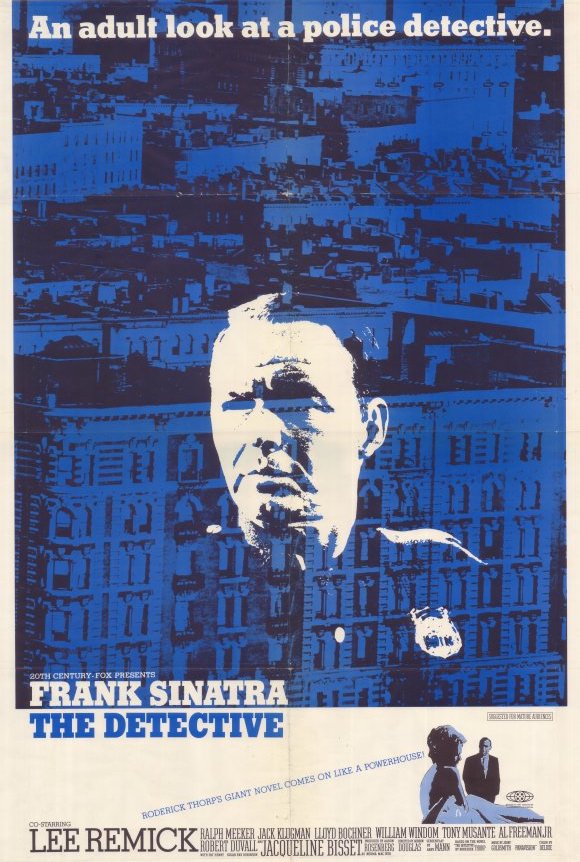
Believe it or not, Die Hard’s roots are in a 1968 thriller called The Detective, starring legendary crooner and movie star Frank Sinatra.
[rtk_adunit_top]
The film was adapted from a novel of the same name by Roderick Thorp, and cast a 53-year-old Sinatra as a grizzled cop named Joe Leland – not John McClane.
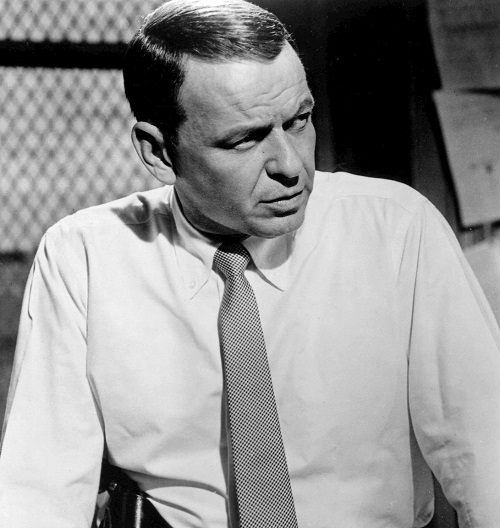
Pleased with how the project turned out, Sinatra later asked Thorp to write a more action-oriented sequel for him, which Thorp eventually did in his 1979 novel Nothing Lasts Forever.
[rtk_adunit_middle]
Picking up the project in the mid-80s, producer Joel Silver and company were contractually obliged to offer the lead role to Sinatra first – even though he was by then in his 70s.
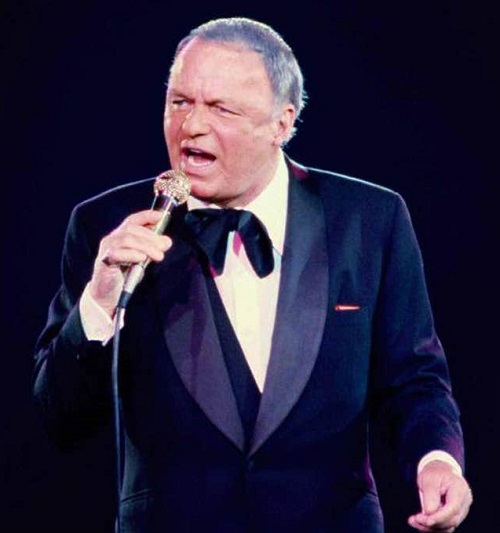
[rtk_adunit_bottom]
Still, we’d love to hop into an alternate universe for a day and watch Sinatra take on the skyscraper slugfest!
19. Clint Eastwood bought the rights to make the first Die Hard before he lost interest
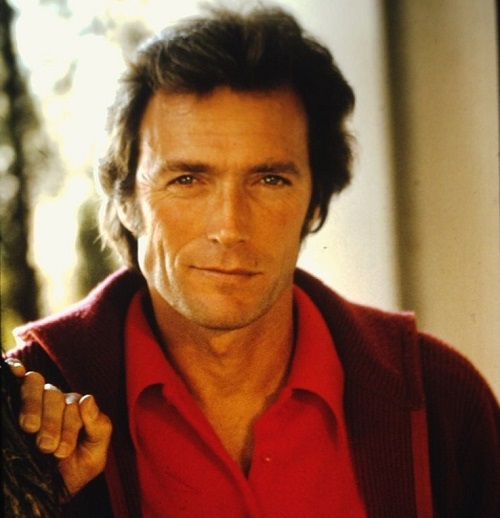
Before producer Joel Silver was attached the project, another notable Hollywood figure got hold of Nothing Lasts Forever: Clint Eastwood.
[rtk_adunit_top]
The seasoned star was at the height of his powers in Hollywood by the early 80s, when he bought the rights to Thorp’s novel.

However, the project never gained momentum, presumably because of how busy Eastwood was at the time – he starred in eight films between 1980 and 1985, and also directed four of those.
[rtk_adunit_middle]
However, if Eastwood had managed to get Nothing Lasts Forever made, it wouldn’t have been his first time making a movie originally earmarked for Frank Sinatra.
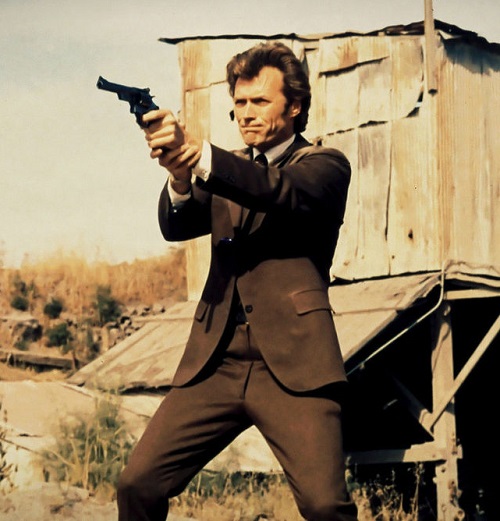
Dirty Harry, the 1971 cop thriller that gave Eastwood one of his signature roles, had also been offered to Sinatra first.
[rtk_adunit_bottom]
18. It was almost turned into a sequel to Arnold Schwarzenegger’s Commando
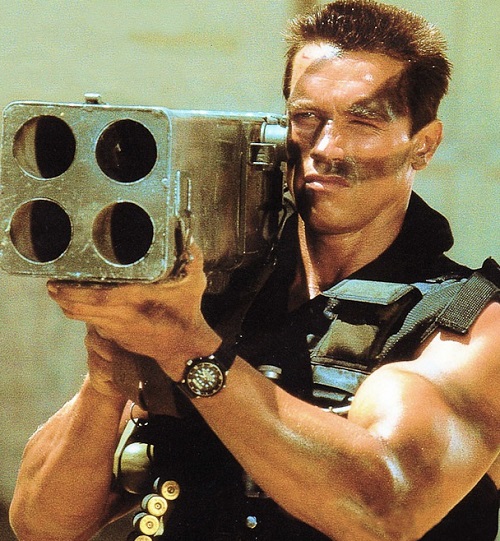
With Sinatra off the table, Nothing Lasts Forever was reworked into a project for a younger action star.
[rtk_adunit_top]
As it happened, producer Joel Silver had not long since worked with the biggest action star of the 80s, Arnold Schwarzenegger, on 1985 shoot-’em-up extraordinaire Commando.

Rumour has it, Silver’s initial plan was to rework Nothing Lasts Forever into a Commando sequel, which we can only assume would have seen John Matrix’s daughter Jenny (Alyssa Milano) being kidnapped again, only this time held hostage in a skyscraper.
[rtk_adunit_middle]
Arnie wasn’t interested, however; after being disappointed with 1984’s Conan the Destroyer, the Austrian Oak reportedly swore off sequels (at least until James Cameron talked him into 1991’s Terminator 2: Judgment Day).

So it was that having gone from Joe Leland to John Matrix, the character was renamed John McClane, and the net had to be cast a little further out in search of the leading man…
[rtk_adunit_bottom]
17. Almost every big name actor of the 1980s turned down John McClane
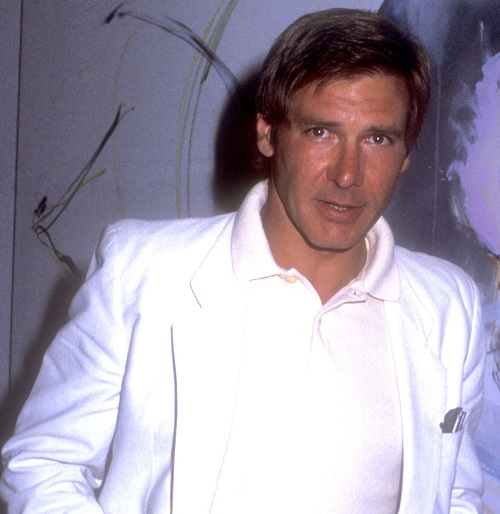
Producer Joel Silver and studio 20th Century Fox are said to have had a long wish list for John McClane – but they had great difficulty luring anyone to the part.
[rtk_adunit_top]
If rumours are to believed, they approached just about every big name male star of the era, only to be turned down every time.

Harrison Ford, Robert De Niro, Sylvester Stallone, Nick Nolte, Burt Reynolds, Charles Bronson, Don Johnson, Richard Gere and Mel Gibson are all said to have passed on the Die Hard lead.
[rtk_adunit_middle]
Reportedly they even approached Richard Dean Anderson, star of TV action-adventure MacGyver, only for him to say no as well – but as they’d broadened the search to include TV stars, there was also a certain Bruce Willis, of the hit comedy series Moonlighting.

As unlikely a candidate as the young actor seemed, things were getting desperate, and the studio wound up offering Willis $5 million (a huge fee at the time) for what would be his first major leading role.
[rtk_adunit_bottom]
16. Sam Neill could have played Hans Gruber

As hard as it is to envisage anyone other than Bruce Willis playing John McClane, it’s possibly even more difficult to imagine anyone other than the late Alan Rickman as his arch-nemesis Hans Gruber.
[rtk_adunit_top]
However, the first actor offered the part of Gruber was in fact Sam Neill, the suave New Zealander who had not long since been considered for James Bond, and would later find stardom in Jurassic Park.
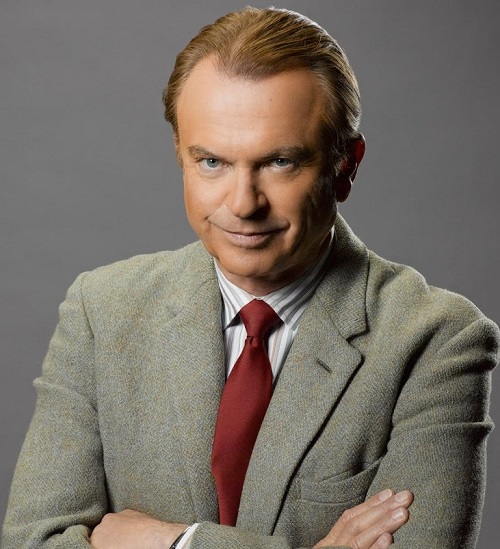
However, much like all those big names who passed on McClane, Neill said “nein” to German criminal mastermind Gruber.
[rtk_adunit_middle]
Later, the film’s casting director saw the 1987 Broadway production of Dangerous Liaisons, was struck by the performance of esteemed actor Alan Rickman, and lured him to make the leap from stage to screen.

As much as the filmmakers were taking a chance with Willis in the lead, Rickman was an even riskier proposition: while the actor had plenty of theatre experience, he’d never actually made a movie before.
[rtk_adunit_bottom]
15. ‘Die Hard’ was originally going to be the title of The Last Boy Scout

Joel Silver had a huge hit in 1987 with Lethal Weapon, an action thriller from a young hotshot writer named Shane Black, with whom Silver developed a lasting relationship.
[rtk_adunit_top]
Around that time, Black told the producer about another action buddy movie script he was working on, which he had entitled Die Hard. (Clearly Black has quite an ear for a catchy two-word title.)
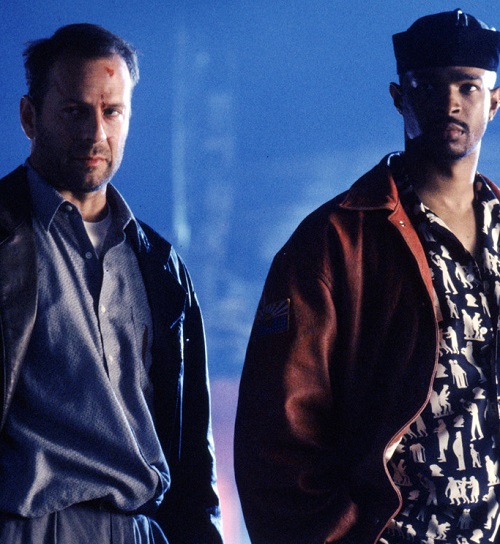
Silver recognised that this was an infinitely cooler-sounding title than Nothing Lasts Forever, thought it would be a good fit for the movie and asked Black if he could use it.
[rtk_adunit_middle]
Black acquiesced, and wound up changing the title of his own script from Die Hard to The Last Boy Scout.
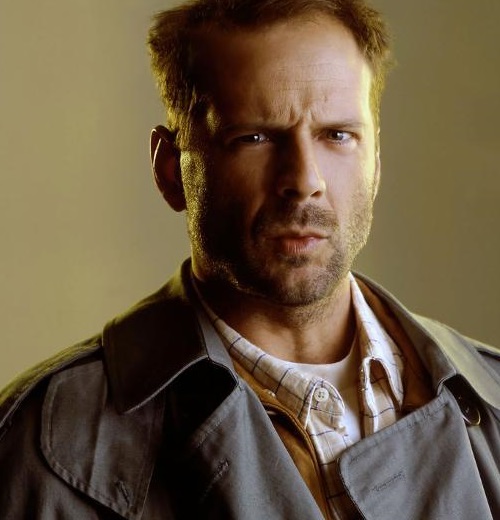
That original Die Hard script would ultimately be made into 1991’s The Last Boy Scout, with the same leading man, Bruce Willis – so any way you look at it, you seemingly just can’t have Die Hard without Willis.
[rtk_adunit_bottom]
14. John McClane was originally supposed to say a different swear word after “Yippee ki-yay”

Anyone who’s ever seen Die Hard has been stuck with one line of dialogue permanently burned into their mind thereafter: “Yippee ki-yay, motherf***er!”
[rtk_adunit_top]
The line became an instant classic and a catchphrase for Bruce Willis, repeated in all subsequent Die Hard movies (although it’s censored in the later ones; more on that later), and referenced in a host of other movies.
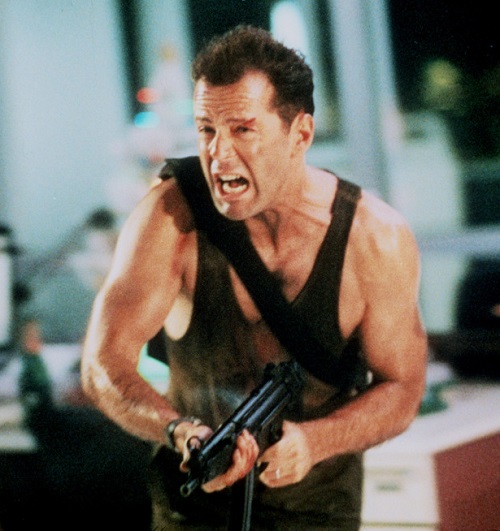
However, if Bruce Willis had delivered the line as written in Steven de Souza’s screenplay, things could have been quite different.
[rtk_adunit_middle]
In the script, de Souza had written the line as “Yippee ki-yay, a**hole” – and when Willis changed it he was just goofing around, trying to get a laugh out of the crew.
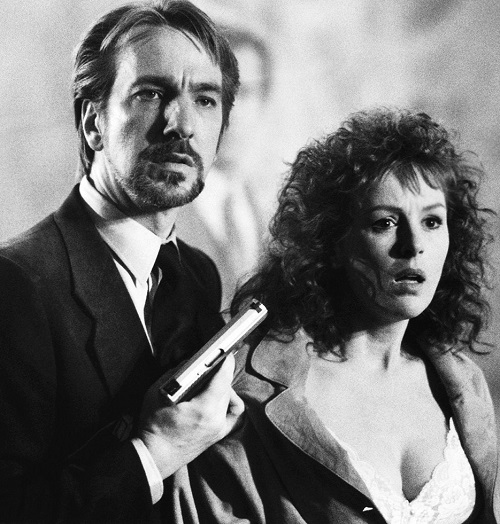
As it turned out, everyone recognised “Yippee ki-yay, motherf***er” was an iconic line right away – hence they even got Alan Rickman’s Gruber to say it back to McClane in their climactic showdown.
[rtk_adunit_bottom]
13. The original Die Hard 2 story was about a cop trying to save his daughter

Not content with adapting Die Hard from a novel, the makers of 1990’s Die Hard 2 took their story from another pre-existing work of fiction.
[rtk_adunit_top]
Rather than basing the sequel on another Roderick Thorp novel, the filmmakers chose to adapt Walter Wager’s 1987 page-turner, 58 Minutes.
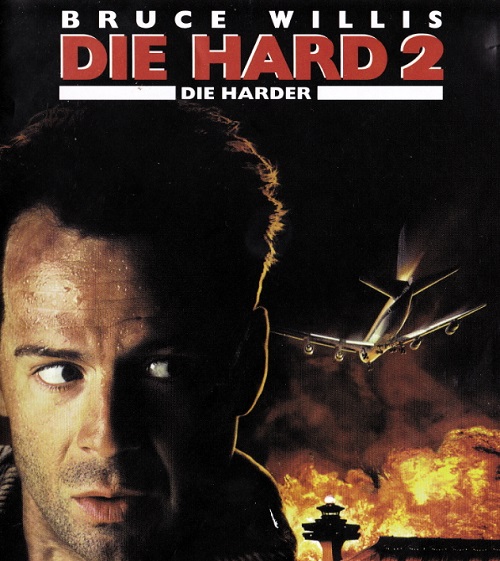
This novel centres on NYPD cop Frank Malone, who’s waiting to pick up his daughter when terrorists lay siege to the airport, giving Malone just under an hour to save the day.
[rtk_adunit_middle]
Screenwriters Steven de Souza and Doug Richardson switched Malone for McClane, changed the daughter to our hero’s long-suffering wife Holly (Bonnie Bedelia), and – of course – set it at Christmas.

Bonus trivia: de Souza also included a nod in Die Harder to the aforementioned Commando (which he also co-wrote), by making Franco Nero’s villain General Ramon Esperanza the ousted dictator of Val Verde, a fictitious South American country invented for Commando.
[rtk_adunit_bottom]
12. Die Hard 2 could have had a whole lot more F-bombs in it
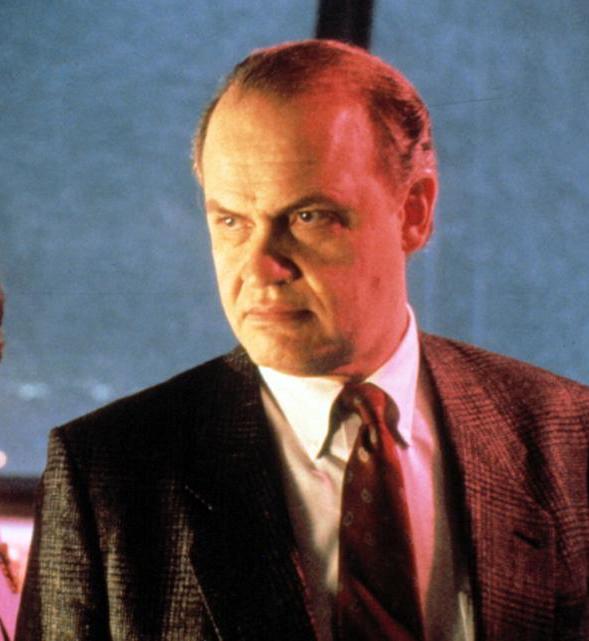
When production was already underway on the Die Hard sequel, Trudeau actor Fred Dalton Thompson reportedly came to Steven de Souza with concerns about the script.
[rtk_adunit_top]
Thompson told de Souza that he needed to hold back a little with the sheer amount of F-words used in the movie, a trait that Die Harder shared with the original Die Hard.

While de Souza initially assumed that Thompson’s complaint was rooted in old fashioned manners, on watching the first rushes of footage, the writer saw the actor’s point.
[rtk_adunit_middle]
Thompson felt that the non-stop swearing made the film impossible to take seriously, and de Souza had to agree; he subsequently tweaked the script to reduce the amount of curse words.

Even so, Die Hard 2 remains a ridiculously sweary film at times (look no further than any scene with Dennis Franz).
[rtk_adunit_bottom]
11. An early script for Die Hard 3 wound up being turned into Speed 2

By the early 90s, Die Hard had become the new action movie standard, spawning numerous imitations: Die Hard on a bus in Speed, Die Hard on a mountain in Cliffhanger, etc.
[rtk_adunit_top]
Indeed, the format was so heavily imitated, it was getting hard to come up with original ideas for another actual Die Hard movie – so the producers took to seeking out existing scripts with a Die Hard flavour, and retrofitting them to the series.
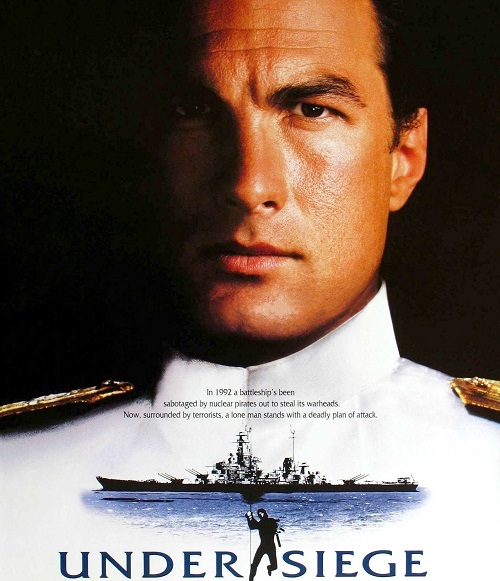
One particularly successful Die Hard imitation – Steven Seagal’s 1992 hit Under Siege – resulted in a potential Die Hard 3 script being abandoned.
[rtk_adunit_middle]
Where Under Siege was Die Hard on a battleship, this potential Die Hard 3 – originally entitled Troubleshooter – would have seen John McClane fight terrorists on a cruise liner.

Troubleshooter was later dusted off and used as the basis for the infamous Speed 2: Cruise Control. Yep, it’s fair to say John McClane seriously dodged a bullet there.
[rtk_adunit_bottom]
10. Die Hard with a Vengeance was almost Lethal Weapon 4

The script that ultimately became 1995’s Die Hard with a Vengeance has a curious history.
[rtk_adunit_top]
Initially, screenwriter Jonathan Hensleigh wrote an original screenplay entitled Simon Says, which was envisaged as a vehicle for new action star Brandon Lee.
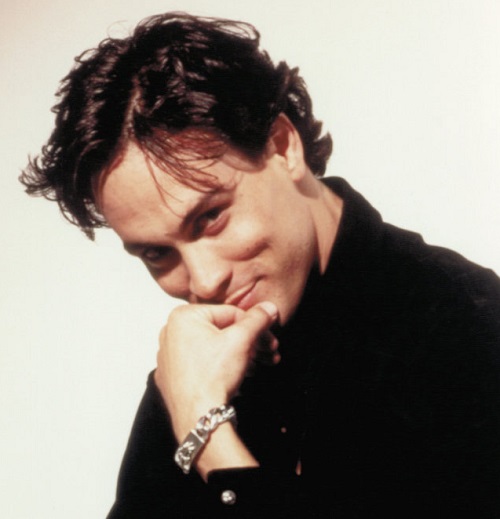
However, after Lee was tragically killed on the set of The Crow in 1993, studio Warner Bros set about reworking Simon Says into Lethal Weapon 4, with the lead roles changed into Mel Gibson’s Riggs and Danny Glover’s Murtaugh.
[rtk_adunit_middle]
When this didn’t work out, 20th Century Fox bought Simon Says and hired Hensleigh to instead turn it into the third Die Hard, with Samuel L. Jackson taking the partner role alongside Bruce Willis’s McClane.

[rtk_adunit_bottom]
9. Samuel L. Jackson’s Zeus Carver was initially a woman

In Jonathan Hensleigh’s original Simon Says script, the hero of the piece – who would ultimately be retooled as John McClane – was a young NYPD cop named Alex Bradshaw.
[rtk_adunit_top]
Meanwhile, the member of the public he unwittingly finds himself partnered with was not a black man named Zeus Carver, but a woman.

Naturally, this was the first thing to change when Simon Says was rewritten as Lethal Weapon 4 – so it is that in Die Hard with a Vengeance, Samuel L. Jackson’s Zeus is essentially the Murtaugh to John McClane’s Riggs.
[rtk_adunit_middle]
Even so, Hensleigh has said that executives at 20th Century Fox were initially against Zeus being black, and asked him to rewrite the character as either white or Asian.
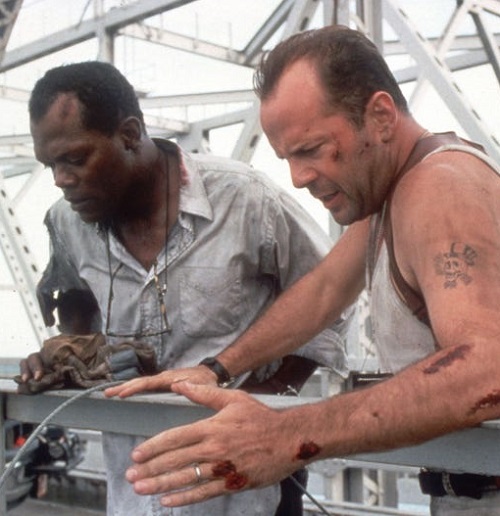
Beyond this, much of the Simon Says script is said to have made it intact to Die Hard with a Vengeance, with the only significant addition to the plot being the film’s gold heist.
[rtk_adunit_bottom]
8. Die Hard with a Vengeance originally had a much darker ending
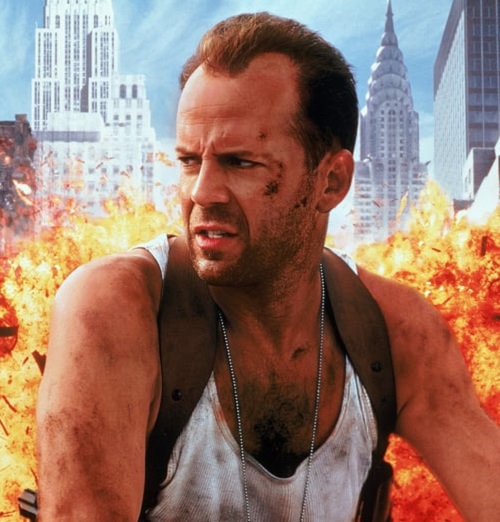
Die Hard with a Vengeance ends with an explosive, bullet-ridden showdown at the Canadian border, replete with a helicopter crash and the requisite “Yippee ki-yay” – you know the rest.
[rtk_adunit_top]
However, the Vengeance script originally ended on a far less showy and more sinister note – and until comparatively late in the day, this was the ending the filmmakers intended to use.

This original ending, which was shot in full and can be found online and in the DVD extras, sees John McClane catch up with Simon Gruber some time after the events of the film to challenge him to his own game of ‘McClane Says.’
[rtk_adunit_middle]
McClane then forces Gruber to play a game of Russian Roulette with a handheld rocket launcher – which, of course, Gruber loses.

[rtk_adunit_bottom]
7. Die Hard 4 could have co-starred Ben Affleck and Michelle Yeoh, and been about pirates

After 1995’s Die Hard with a Vengeance, no further sequels materialised for 12 years – but there was a very good reason for this.
[rtk_adunit_top]
Following the events of September 11th 2001, urban action adventures in which the bad guys are terrorists no longer felt like the same kind of escapist entertainment that the Die Hard films had been up to then.
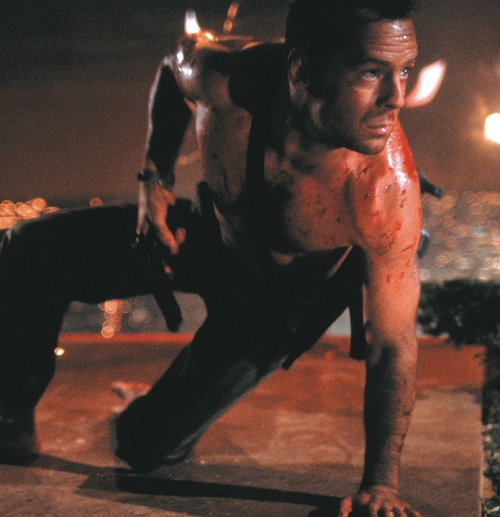
Even so, plans for a fourth Die Hard didn’t completely dissipate, but the ideas floated in that time made a point of moving the action out of mainland USA, and thus not quite so close to the bone for the post-9/11 audience.
[rtk_adunit_middle]
One such script saw John McClane out at sea, battling modern day pirates. Reportedly, Michelle Yeoh was considered for villain duties.

There was also said to be a role in this Die Hard 4 script for Willis’ Armageddon co-star Ben Affleck, with whom Willis was apparently keen to work a second time.
[rtk_adunit_bottom]
6. Bruce Willis stole the title of an early Die Hard 4 script for another movie
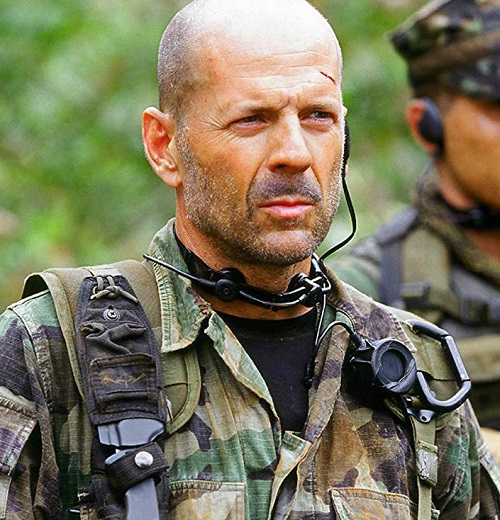
The original screenplay for Die Hard’s abandoned seafaring sequel was entitled Die Hard 4: Tears of the Sun.
[rtk_adunit_top]
If that sounds a little familiar, that’s probably because Willis did indeed make a film called Tears of the Sun in 2003, having lifted the title from the unproduced Die Hard sequel.
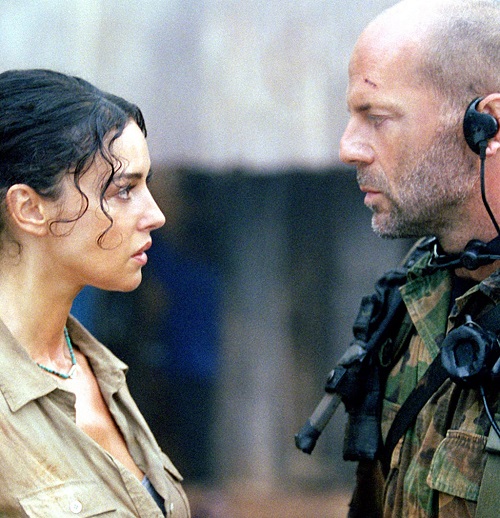
Directed by Antoine Fuqua, the action drama casts Willis as the leader of a Navy SEALs team on a mission in Nigeria, sent to rescue a US senator’s daughter-in-law Monica Bellucci.
[rtk_adunit_middle]
Willis produced the film through his production company Cheyenne Enterprises, and made it a condition of his contract that the title Tears of the Sun be used.

The film was met with a lukewarm response, making only $85 million worldwide – a significant loss, as it reportedly cost $100 million to make.
[rtk_adunit_bottom]
5. Die Hard 4.0 was originally a techno-thriller entitled WW3.com

Once again, the script that ultimately became 2007’s Die Hard 4.0 (AKA Live Free or Die Hard) was adapted from an unrelated original screenplay.
[rtk_adunit_top]
It was originally WW3.com, a high-tech thriller from David Marconi, writer of Enemy of the State, who based his script around a 1997 magazine article about modern cyber-terrorism.

20th Century Fox bought the rights, and in 2000 it was announced that Luc Besson was attached to produce the film – but then, of course, 9/11 happened.
[rtk_adunit_middle]
At this point WW3.com took an indefinite stay on the back burner, as much of the script was described as “eerily prescient” of the notorious terror attack (reportedly, the climax saw a Boeing 767 crash into New York’s Central Park).

Eventually, Fox tasked screenwriter Mark Bomback with reworking WW3.com into the long-delayed fourth Die Hard.
[rtk_adunit_bottom]
4. Early drafts of Die Hard 4.0 teamed John McClane with his children
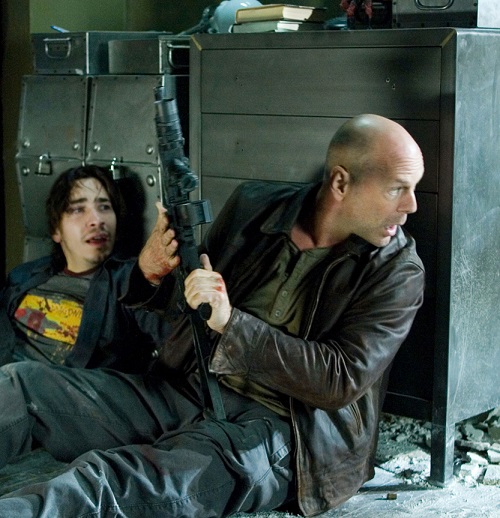
As the fourth Die Hard arrived in cinemas 19 years after the original, with Willis no longer the young man he once was, the film had to acknowledge the passage of time.
[rtk_adunit_top]
It makes sense, then, that various earlier screenplays for the film cast John McClane side by side with his now fully grown children.

Die Hard 4: Tears of the Sun would reportedly have teamed up McClane with his daughter Lucy, and in what ultimately became Die Hard 4.0, it was initially considered making John McClane Jr. the computer hacker who joins forces with the ageing cop.
[rtk_adunit_middle]
Ultimately the filmmakers decided against this, and instead cast Justin Long as hacker Matt Farrell (Ben Affleck, Kal Penn and Brad Renfro were also considered for the role).
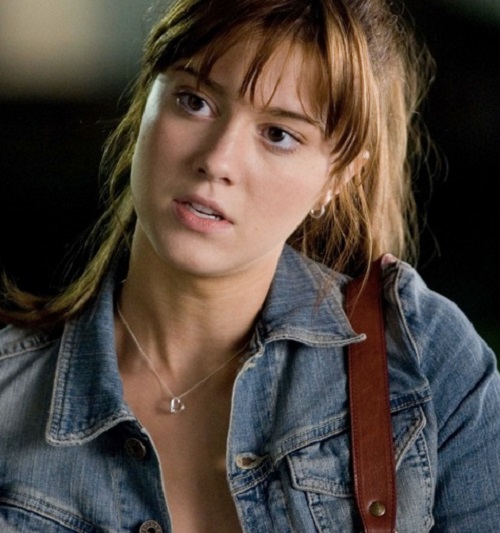
Still, Die Hard 4.0 does give us an adult Lucy McClane in Mary Elizabeth Winstead: in casting that role, the filmmakers are also said to have met with Britney Spears, Jessica Simpson, and even original Lucy McClane actress Taylor Fry.
[rtk_adunit_bottom]
3. Die Hard 4.0 was not intended to be a PG-13

The fourth Die Hard film proved to be a big box office hit: with takings of $383.5 million worldwide, it’s currently the highest grossing film in the series without adjusting for inflation.
[rtk_adunit_top]
However, it displeased many fans of the original for straying too far from the established Die Hard style – one key issue being the rating.
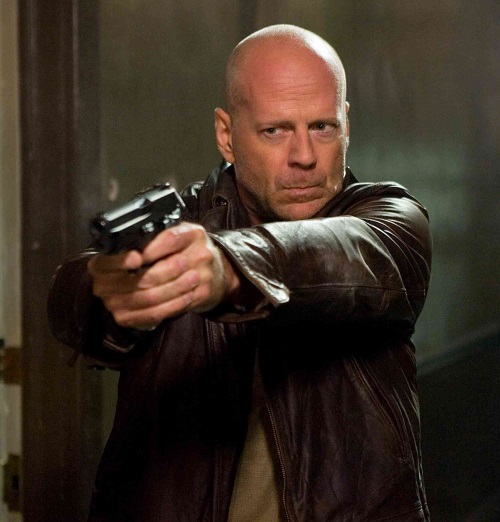
Whilst all previous Die Hard movies carried an R, this entry deliberately toned down the violence and language in order to secure a PG-13 (most notoriously, the film censors McClane’s “yippee ki-yay motherf-” with the sound of a gunshot).
[rtk_adunit_middle]
Reportedly, Die Hard 4.0 was not shot with rating this in mind; director Len Wiseman has claimed he was unaware of studio 20th Century Fox’s intentions until they were three months into production.

Bruce Willis was also unhappy with the move to censor, although the actor has stated that he considers the fourth Die Hard to be even better than the first.
[rtk_adunit_bottom]
2. Paul Walker and Liam Hemsworth were considered to play John McClane Jr. in A Good Day to Die Hard
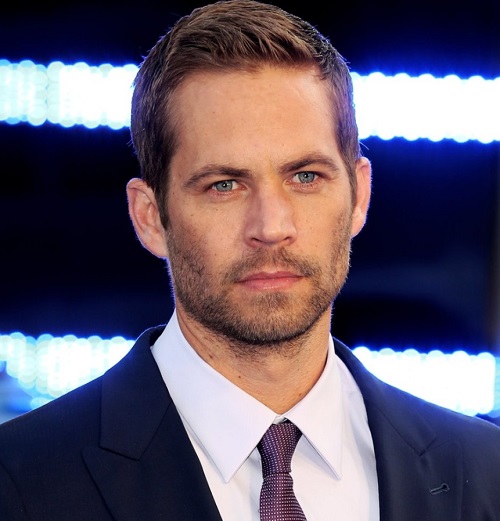
After the character was omitted in the fourth movie, it was decided that the fifth Die Hard would at last team John McClane with son John McClane Jr.
[rtk_adunit_top]
As you might expect, a great many younger actors were considered for the role, now rechristened Jack McClane. The most famous contender was late Fast & Furious star Paul Walker.
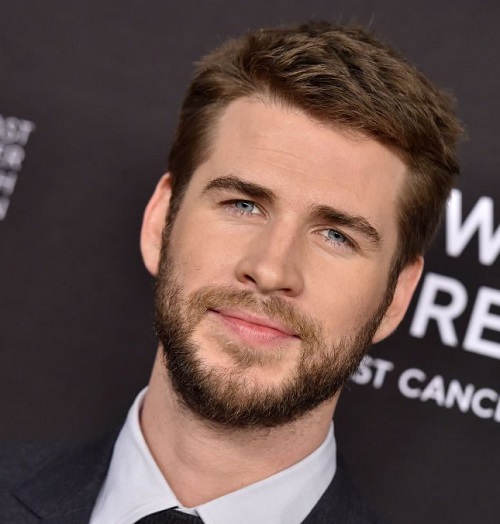
Liam Hemsworth (The Hunger Games) is also said to have been in the running, with other contenders reportedly including Aaron Paul (Breaking Bad), Milo Ventimiglia (Gotham, Heroes) and Paul Dano (There Will Be Blood).
[rtk_adunit_middle]
Ultimately, Jai Courtney was cast which, hand in hand with his casting as Kyle Reese in Terminator: Genisys, was widely derided by old school action fans as a mistake.
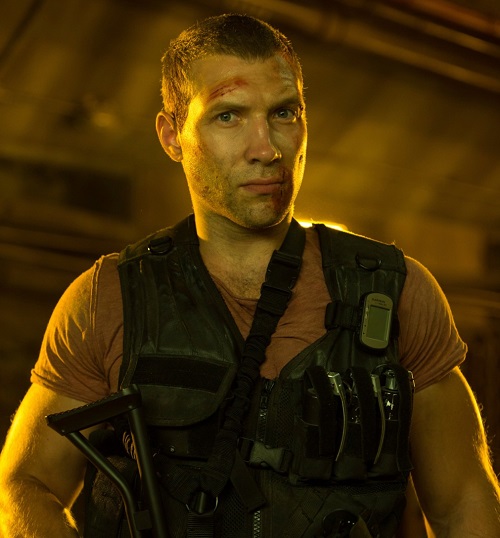
Not that we imagine A Good Day to Die Hard could have been saved by any other actor playing Jack, as the fifth entry wound up far and away the worst-reviewed film in the Die Hard series.
[rtk_adunit_bottom]
1. A sixth Die Hard was planned as a reboot with a young John McClane

As much as we’d like to pretend 2013’s A Good Day to Die Hard never happened, the film was a fairly big hit (it’s also worth noting that it’s the only Die Hard sequel to have been written as such, rather than an example of reworking a pre-existing text).
[rtk_adunit_top]
After Die Hard 5 made top dollar, Bruce Willis expressed interest in playing John McClane a sixth time – but it seems top brass at 20th Century Fox had other ideas.
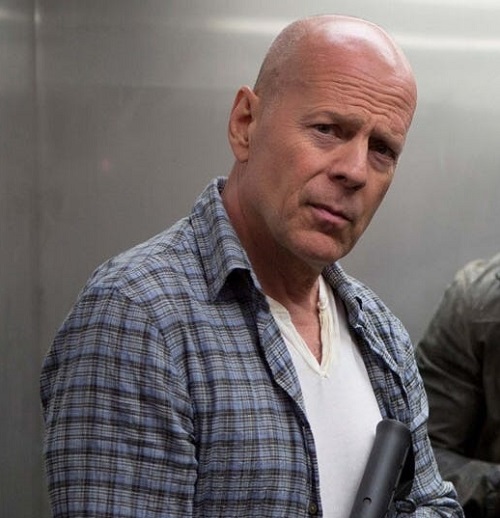
Rather than considering another sequel, the studio instead started developing a 1970s-set Die Hard prequel/reboot which would have cast a younger actor as the Die Hard cop in his rookie days.
[rtk_adunit_middle]
This project – variously known as Die Hard: Year One (likely inspired by the 2011 comic book of the same name), or simply McClane – was initially on Fox’s release slate for 2019/2020.
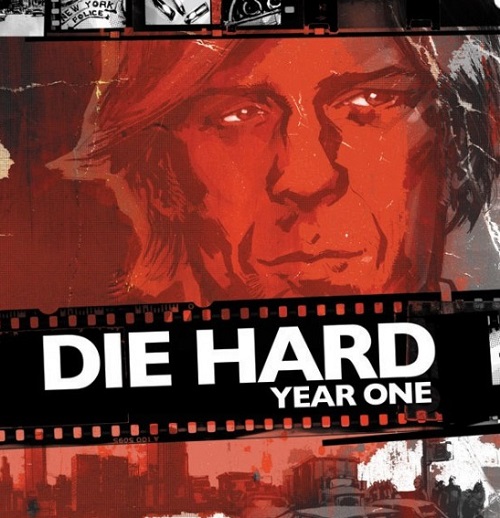
However, with Disney’s recent acquisition of the studio, the vast majority of Fox films in development are believed to have been put on hold or scrapped altogether – so who knows when, or if, we’ll be seeing another Die Hard movie.
[rtk_adunit_end]

